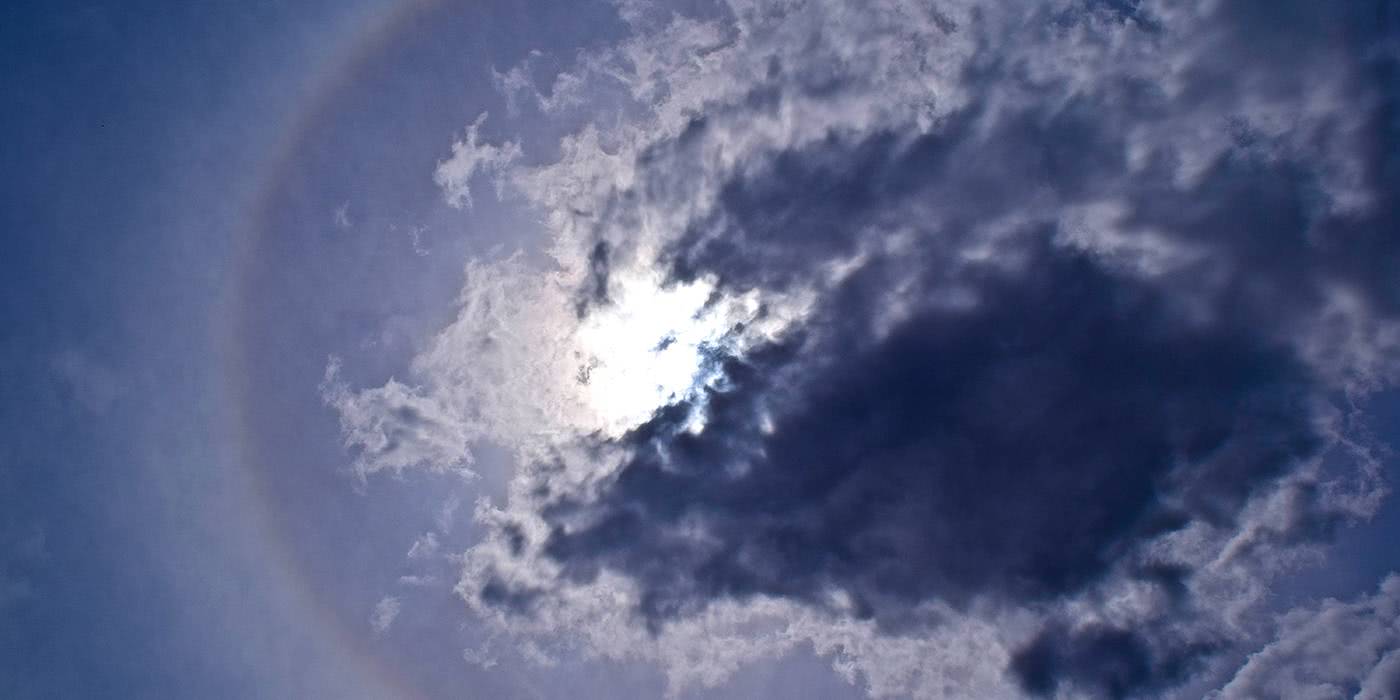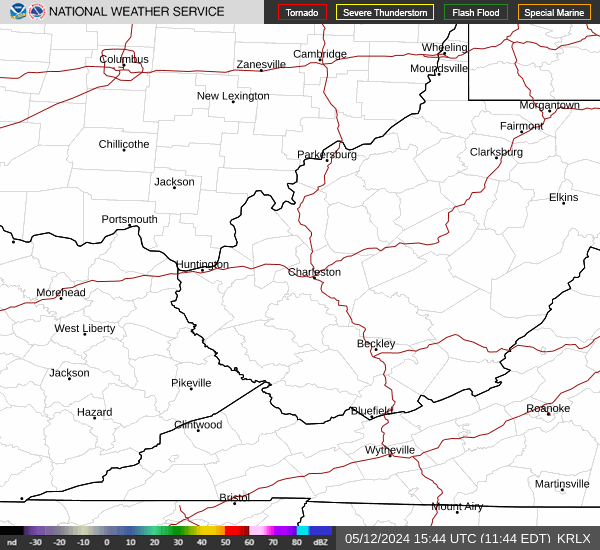Issued: 12am on Thursday, January 1st 1970
Technical Forecast Discussion
Short Term (Sunday 9/22 through Wednesday 9/25)
This prolonged pattern of upper-level ridging will finally begin to break down and push east as the last day of summer comes to a close. An upper shortwave feature and associated surface low over the eastern Midwest will continue to approach and have influence on the region Sunday night and into Monday. This open wave surface low (~1010mb) had materialized over eastern Nebraska earlier Sunday afternoon as it shows signs of strengthening further NE. Sunday evening/overnight will progressively experience 500mb height falls and SW’ly winds as SE Ohio lands within this upstream flow. Previously mentioned low will lift just north of Lake Erie by 12z Monday as its SSW’ly extending cold front quickly seeks passage into the mid-afternoon (18z-21z). CAPE values associated ahead and with the FROPA will be confined to 750J/kg and below as extensive cloud cover will likely exist. Additionally, lower to mid-level lapse rates will be heavily unimpressive as values range near and below 6.0C/km, which heavily signifies rain as the primary form of precipitation. Despite these ‘absolutely stable’ conditions, a fairly tight pressure gradient in addition to weak-moderate speed shear within the lower levels will generate some gusty winds near the surface (up to 25 knots). As the cold front dips to the SE, prominent CAA from the NW will soon follow for the remainder of Monday afternoon/evening, which will keep the high temperature from reaching 80. High pressure (~1017mb) from the west will quickly fill in for Monday evening and through the remainder of the short term. Temperatures will be reduced, but still slightly above average with highs into the upper 70s and lowers 80s by Wednesday.
Long Term (Thursday 9/26 through Saturday 9/28)
Disrupting the brief dry pattern through midweek, another upper shortwave feature is projected to dig across the central Great Lakes region by 06z-12z Thursday. At that time an associated surface low will progress through southern Canada and extend its weak southerly extending cold front through the region. Current long-range models (GFS and Euro) are depicting that this boundary stalls out along central West Virginia Thursday afternoon and through Friday morning. Precipitation chances will remain low, if at all well-confined to the boundary as moisture profiles currently seem unimpressive. This frontal boundary will lift further north in response to another disturbance progressing north of the region. Strong upper-level ridging shapes up over much of SE U.S and promotes dominant high pressure, drier weather, and another warming trend…High temperatures will likely reach into the upper 80s for the weekend and potentially near 90 as early next week rolls around.




